#016 – The Hobbit: The Desolation of Storytelling
On this episode of the Reel World Theology Podcast:
We take a look at the latest installment in Peter Jackson’s reimagining of Middle Earth via The Hobbit: The Desolation of Smaug. In this installment of Jackson’s Hobbit Trilogy, the dwarves, along with Bilbo Baggins and Gandalf the Grey, continue their quest to reclaim Erebor, their homeland, from Smaug while Bilbo Baggins is in possession of a mysterious and magical ring. There is much “to-do” about Jackson’s interpretations and variations from the original text, and while that does raise some questions about story telling, we are more concerned with what we can garner from the narrative itself. Weak vs Strong, Legacy, Division, and keeping our eyes on the evil pulling the strings– all on this Episode of the show.
Download Episode 016 Here:
Reel World Theology #016 – The Hobbit: The Desolation of Storytelling
This weeks panel included Alan Hawkins and Elijah Lovejoy.
Alan Hawkins (@keepalanwalking)
Organizational Involvement:
Church of the Redeemer Greensboro
Anglican 1000
Elijah Lovejoy
http://www.redeemergso.org/
Email:
elijah@redeemergso.org
Podcast Notes and Links:
The Hobbit: The Desolation of Smaug on IMDB
The Hobbit: The Desolation of Smaug on Rotten Tomatoes
The Hobbit on Wikipedia
J.R.R. Tolkien, On Fairy Stories
Tim Keller speaks about story and On Fairy Stories on YouTube
Tim Keller podcasts on Lord of the Rings at Redeemer Presbyterian Church in New York
The Hobbit: The Desolation of Smaug Review on Reel Spirituality
The Hobbit, Smaug and remembering who the real enemy is on Think Christian
The Hobbit: The Desolation of Smaug Review on J.W.Wartick Blog


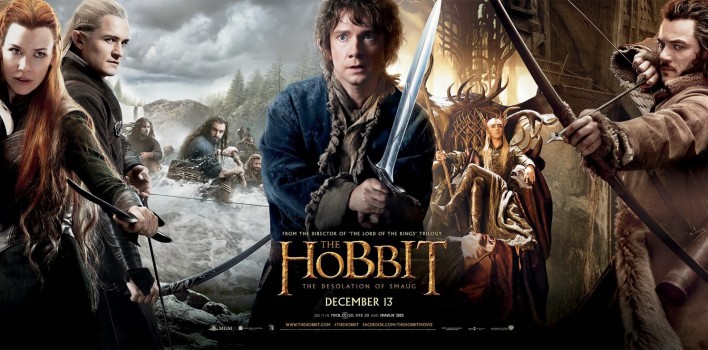
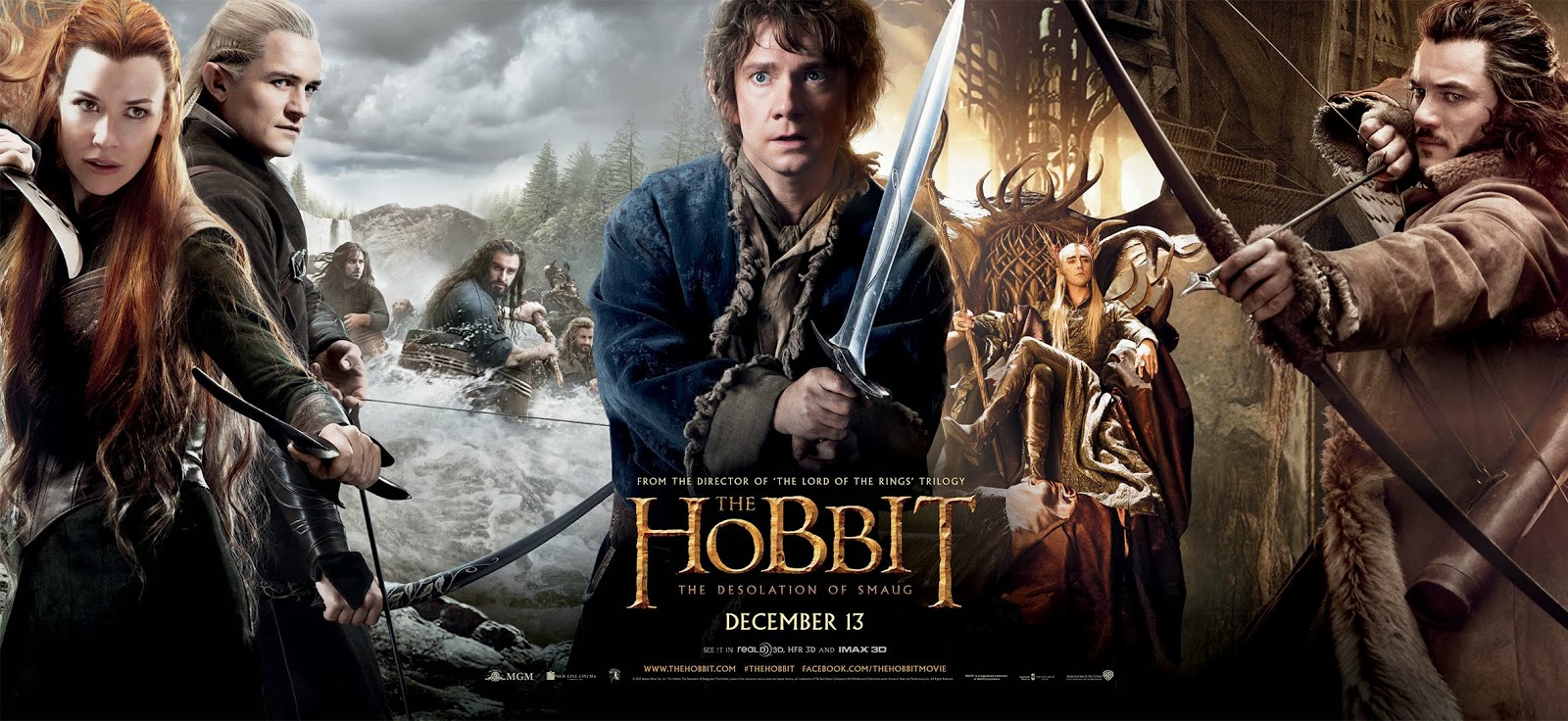
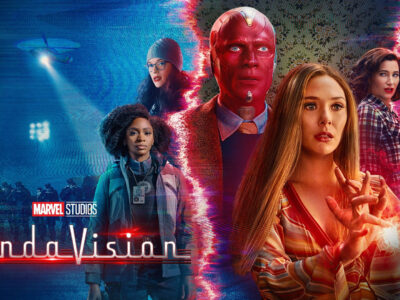
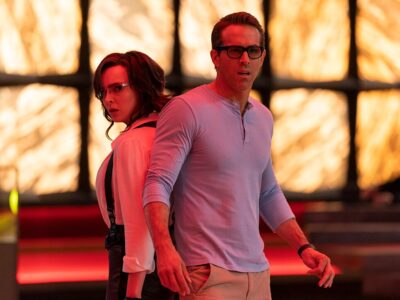
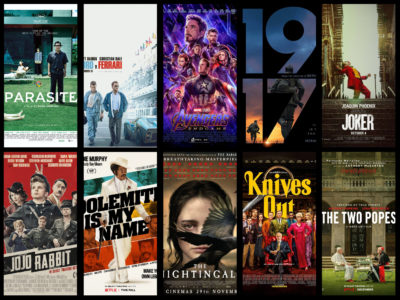


Hey guys,
I just wanted to say that your discussion of the film was decent, but the lack of accurate vocabulary hindered your message.
There was a sequence of about 15 minutes of explaining about a “sentence” and a “pause” which is required to finish the second part of a trilogy. The correct terminology would really help your podcasts to flow much better and allow you to articulate your ideas more effectively (your audience is probably familiar with this terminology, so there’s no fear there. Wikipedia offers simple explanations of these, sub-plot for example. http://en.wikipedia.org/wiki/Subplot )
Keep up the good stuff!
Mike
Thanks for your feedback, Mike! Also glad you enjoyed the episode. Keep listening and hopefully I’ll keep getting a little better 🙂
As for the Smaug sequences of the film, they belaboured the point and it ended up like some kind of 80s action car-chase sequence. I was hoping for a cunning, subtle and dangerous conversation between Bilbo and Smaug.
They got the aesthetics right with the dragon, his lair and the voice are perfect, but when you spend 30 minutes having your most treacherous and sly character fumble around trying to catch a group of dopey dwarves you end up with a representation of Smaug who is, well, not that dangerous.
The film lacked a sub-plot ending which was done to some degree in the LOTR trilogy. Perhaps this is due to the original novel being only one short volume compared to LOTR being three volumes written by a guy who knows that he’s doing, albeit in a long winded way.
Let’s not get started on the addition of a chubby Legolas, his skateboard antics, and the tedious goblin chase/fight scenes…
i also really didn’t care for the extended Smaug chase scene, though i loved Smaug in general. I still didn’t necessarily need a full sub-plot ending, per se, but i would have liked more of a pause in the narrative. given, it’s pretty easy (and preferential) to have a pause at the wrapping of a sub-plot– but i don’t think it’s a must.
outside of that, i didn’t even mind the addition of a lot of extras. i just love Middle Earth. i would have preferred them to just name this tilogy “The Middle Earth Trilogy” or something so people wouldn’t be so hung up on what is or isn’t in the actual Hobbit book.
even with all that– i still enjoyed the movie and i am excited about the final installment. thanks again for the feedback!